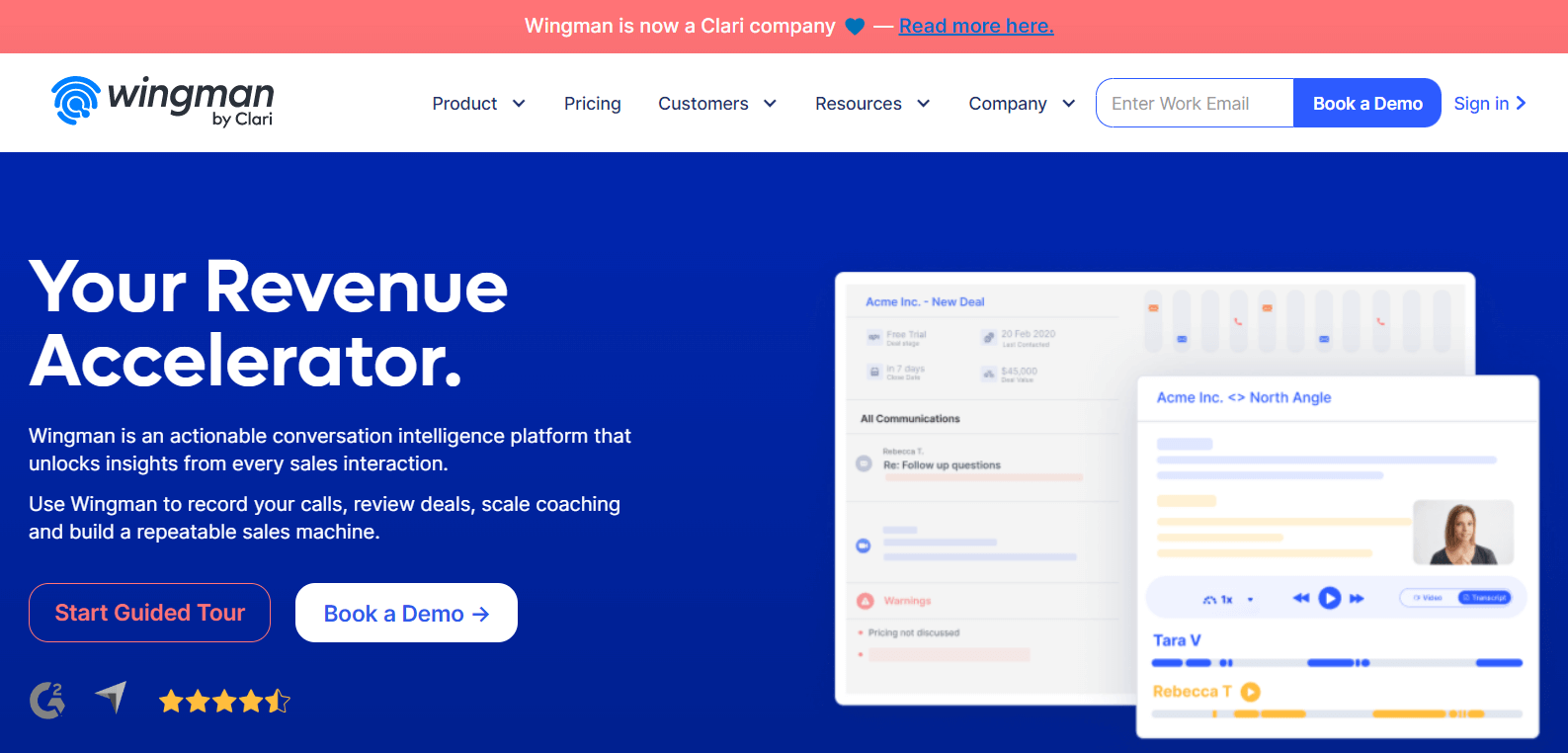Most companies will go through a rebranding at some point during their lives, whether it’s rebranding a product or solution, or the entire website.
A common concern during a rebranding is the impact on SEO performance, for good reasons. Prospective customers will need time to familiarize themselves with the new product or brand name. Major website changes can lead to technical errors that will negatively impact the website’s performance. And finally, search engine crawlers need time to re-crawl and re-index your new branding.
This guide will help your team minimize the SEO impact of a rebranding and find opportunities that can be used to your advantage in the process. Note: we won’t touch on SEO best practices for a site launch or migration in this article, but if you are interested in those topics take a look at our recommendations for a successful SEO site launch and our new site launch checklist.
Setting Realistic Expectations
We’ve all heard it: SEO takes time and a rebranding is no different. One of Obility’s clients went through a rebranding in early 2020 and it took approximately 2.5 months for the new brand name to get the same level of search volume as the old brand name, and the old brand name continued to get impressions until late 2020.

It’s important to set expectations with everyone involved in the rebranding process before it starts, as expectations of a quick turnaround time will inevitably lead to disappointments.
Writing a Formal Rebranding Announcement
As soon as the rebranding is announced, get to work on a formal announcement. This announcement should be featured on your homepage, for example as a top nav banner or carousel slider.

Source: https://www.trywingman.com
If you’re rebranding a product, make sure to announce it on the existing product page as well.
Once the page is up, add it to the XML sitemap and submit the new XML sitemap to Google Search Console to speed up the crawling process.
This is also the perfect opportunity to work with third-party publications in your industry and publish press releases about the rebranding. If the publication allows it, link to the rebranding announcement page and use a follow link for an additional domain authority boost.
Leveraging All Marketing Channels
While SEO can have an impact on branded keywords, paid channels are usually the most effective when it comes to boosting your branded performance.
Make sure to leverage your email, paid social, paid search and display channels to announce the rebranding and link that to the rebranding announcement. You can also add an announcement or a link in email signatures to let existing contacts know what to expect.
Crawling the Website With a Fine-Tooth Comb
The last thing you want are mentions of the old product name in blog posts or broken internal links because of the use of the former brand name. Of course, that doesn’t apply to the rebranding announcement- that should still mention the old brand name!
Use Screaming Frog’s custom extraction tool to identify any remaining brand name or product mention throughout your website, including within the internal links. Do a thorough technical audit to ensure there are no broken internal links or 404 errors on important pages.
Making the Most Out of the Rebranding
Because rebrandings often mean a full website revamp, it’s a perfect time to work on heavier SEO updates.
Are there any big design changes you have been wanting to implement? Maybe new CTAs on product pages, updated content on the homepage, or a change in the contact page layout? Now is the time! And because a rebranding is often triggered by the necessity to refresh the brand’s purpose and offering, it’s a great time to research new areas of opportunity for SEO content creation. Once your brand performance has stabilized, explore new keyword themes that have come up after the rebranding, look for potential new competitors and audit your new SERP to look for new content creation ideas.
Monitoring Results Closely
As we discussed earlier, you can expect a lot of changes in branded keywords’ performance in the weeks and months after the rebranding.
I recommend setting up heatmaps on the homepage, product page(s), and rebranding announcement page to monitor how users interact with them. It’s also a good idea to create a Google Data Studio report that will look at the variations in keyword impressions, clicks, and click-through-rate, as well as any user experience metrics such as the number of new users on the homepage page and rebranding announcement page, referral traffic from the press releases, bounce rate, time on site, and next visited page from the rebranding announcement page.
Even though a rebranding will likely impact your SEO performance in the short term, coming at it with a defined plan of action will help you retain your SEO value and can turn into a great opportunity for an even better SEO strategy!
